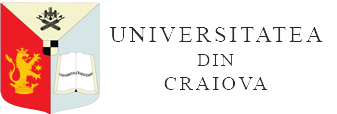VARIATION OF SOME NEW MORPHOLOGICAL CHARACTERS OF SOYBEAN PLANTS
DOI:
https://doi.org/10.52846/bihpt.v27i63.36Keywords:
grains,, Glycine max, pods,Abstract
Soybeans, a very valuable nutritious and cultivated plant, have recently received special attention for the improvement of new varieties. Their adaptability is increasing given the relatively large diversity of environmental conditions. Mainly the new varieties are distinguished both by the increased production of grains and by the contents in active principles as high as possible. At the same time, soybeans provide the current level required for the sustainable structure of crops on a farm. The Raluca TD variety, studied for its specific morphological characters, is one of the newest creations. Even in the conditions with recent dry periods, this variety has formed plants with heights of over 65 cm, with a total plant weight of 30 g. 3-4 branches have formed on a soybean stalk. Each plant formed 40-50 pods, weighing 15 g and 60 berries that weighed 7-10 g. The bean was 6.8 mm long, 5.8-6 mm thick, and the absolute weight of the berries was 120 g. Significantly positive correlations were obtained between these morphological characters in most cases. Insignificant situations were between the length of the grain with the other characters, between the thickness of the grain with the other characters - with two negative exceptions. The mass of one thousand berries was positively correlated with the weight of the berries on a plant and the size of the berries. The variability of the determined characters was reduced to the height of the plants and the size of the grains, average values were to the number, the grains from one pod and high values to the other characters, mainly due to the existence of the dry bottom. However, the Raluca TD variety, with improved morphological characteristics, proved to be a good adaptability to the zonal cultivation conditions.


